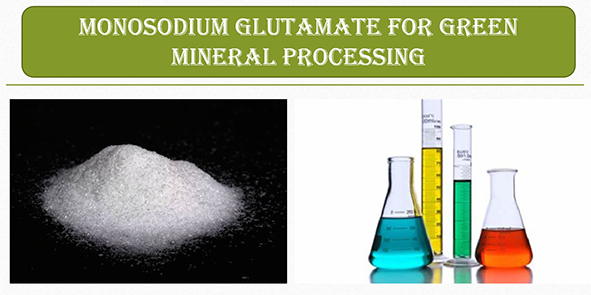Use of Monosodium Glutamate (MSG) for Green Leaching Process: An Overview
DOI:
https://doi.org/10.13133/2239-1002/17756Abstract
Monosodium glutamate (MSG) is a sodium salt derived from amino acids and glutamic acids. These acids can be found naturally in the body and in the variation of other foods. MSG has the chemical formula C5H8NO4Na-NH2 with the percentage of the main elements contained in MSG including glutamate of 78.2%; Na by 12.2%; and 9.6% H2O and 1 g of monosodium glutamate contains 0.122 Na. MSG also functions as a reagent in extraction processes such as the leaching process under alkaline conditions causing the glutamate to be strongly bound to metal ions and can selectively enrich unwanted elements such as Fe, Al, Mg, and Ca in residual solids. The use of MSG is not currently the optimal which can be an opportunity to develop research on extraction from the leachate process and as an additive in the selective reduction process in the future owing to the sodium content.

Downloads
Published
Issue
Section
License
Copyright (c) 2022 Periodico di Mineralogia

This work is licensed under a Creative Commons Attribution 4.0 International License.

